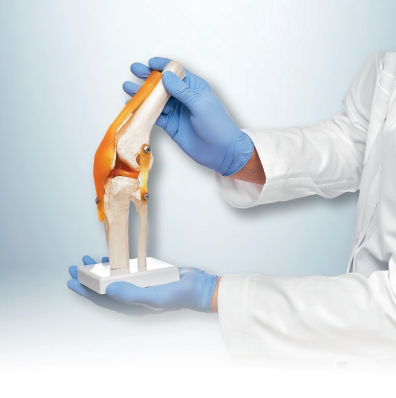
Prosthetic Surgeries
Orthopedics is the science that diagnoses and treats diseases of the musculoskeletal system. Traumatology, on the other hand, is a branch of science that performs the diagnosis and treatment of fractures and dislocations that develop after trauma.
Orthopedics and Traumatology are divided into sub-branches.
Knee Replacement: Knee replacement surgery — also known as knee arthroplasty (ARTH-row-plas-tee) — can help relieve pain and restore function in severely diseased knee joints. The procedure involves cutting away damaged bone and cartilage from your thighbone, shinbone and kneecap and replacing it with an artificial joint (prosthesis) made of metal alloys, high-grade plastics and polymers.
Hip Replacement: During hip replacement, a surgeon removes the damaged sections of the hip joint and replaces them with parts usually constructed of metal, ceramic and very hard plastic. This artificial joint (prosthesis) helps reduce pain and improve function.
Also called total hip arthroplasty, hip replacement surgery might be an option if hip pain interferes with daily activities and nonsurgical treatments haven't helped or are no longer effective. Arthritis damage is the most common reason to need hip replacement.
Shoulder Replacement: Shoulder replacement removes damaged areas of bone and replaces them with parts made of metal and plastic (implants). This surgery is called shoulder arthroplasty (ARTH-row-plas-tee).
The shoulder is a ball-and-socket joint. The round head (ball) of the upper arm bone fits into a shallow socket in the shoulder. Damage to the joint can cause pain, weakness and stiffness.
Shoulder implants are available in a few different shapes and a range of sizes. Replacement options include partial and total using either anatomic or reverse implants.
